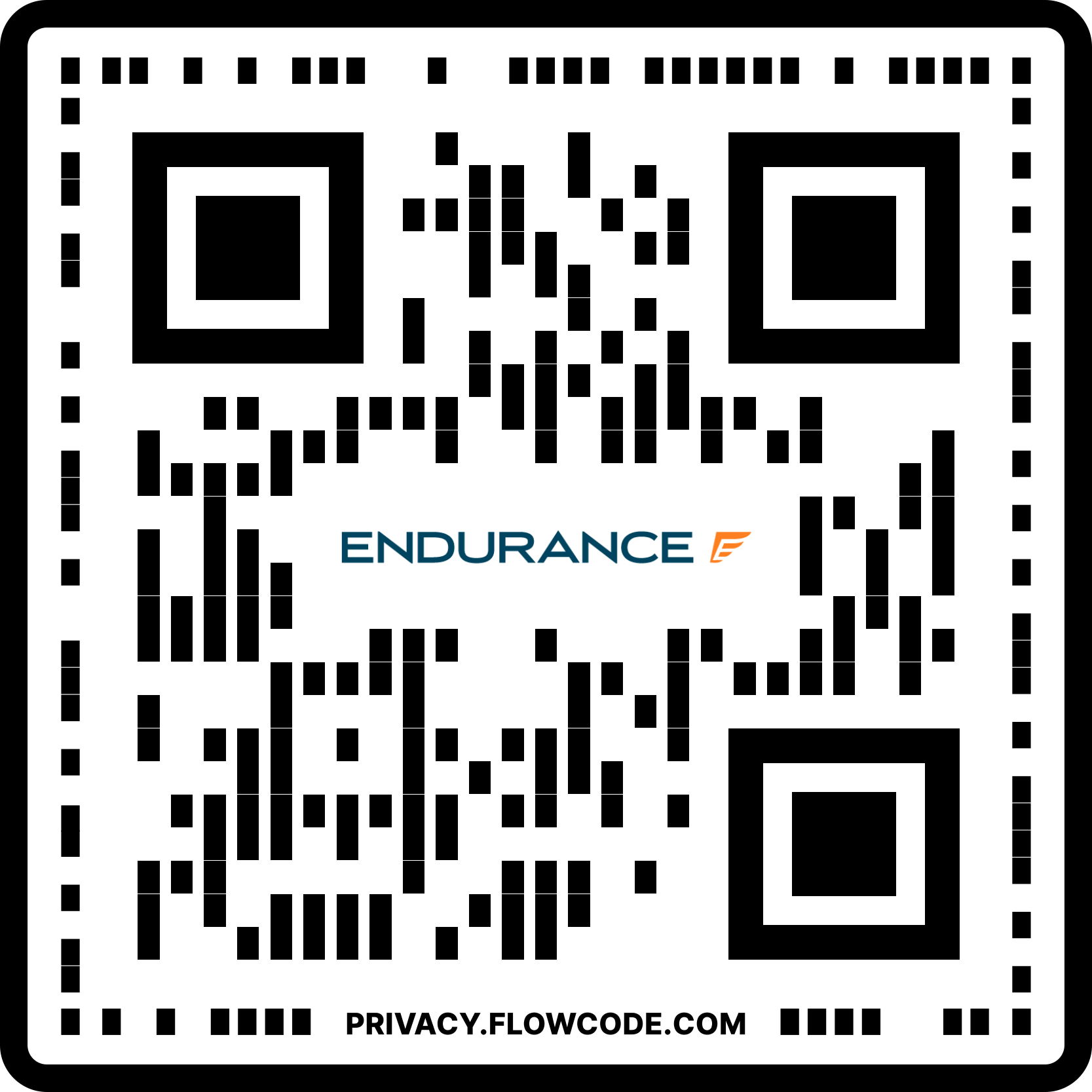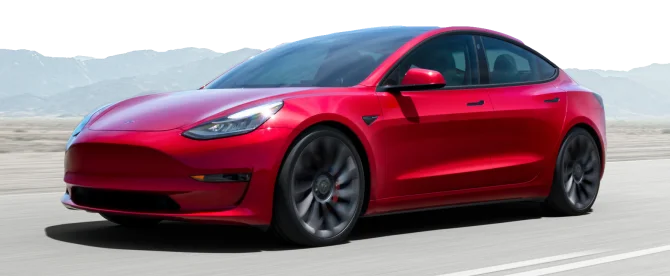Get this deal! Call now.
Speak with a vehicle protection plan specialist and get $300 off any new contract instantly.
Call 866-678-4172
or scan the code below


Every new car comes with the assurance of a manufacturer’s warranty; the challenge is that the factory warranty (sometimes called a bumper-to-bumper warranty) doesn’t last forever. Many mainstream brands offer protection that only lasts three years or 36,000 miles. A powertrain warranty may extend to five years or 60,000 miles. That’s not very long when considering that the typical modern automobile can reach 200,000 miles, according to Consumer Reports.
Once the new car warranty expires, owners are responsible for auto repair bills, which can include expensive work like engine or transmission replacement. Many drivers reduce the risk of breakdowns by purchasing an extended warranty (also called a vehicle service contract or auto protection plan). However, such an approach isn’t as easy as it sounds because every owner’s driving habits, vehicles, budgets, and risk tolerance differ. These are factors that impact coverage type and cost.
We’ve compiled this no-nonsense auto warranty checklist to help with the extended car warranty shopping process. Review these details before talking with a warranty provider so you can focus on your needs.
The first step in completing your auto warranty checklist involves identifying your vehicle type:
Vehicle usage also comes into play when considering an extended warranty:
While some auto warranty companies cover routine wear and tear parts and maintenance, this is the exception, not the rule. Most extended warranty programs are designed to offer protection against unexpected mechanical breakdown. The service agreement will specify what issues are considered covered repairs. You’ll want to thoroughly understand these differences before pursuing extended warranty protection.
| Mechanical Failure Examples | Wear and Tear/Maintenance Examples: |
|
|
An extended warranty isn’t necessary if you have the financial ability to pay for car repairs. That may seem reasonable if the mechanic’s bill is a few hundred dollars, but what happens if you need to replace the transmission? According to Endurance Warranty claims data, the average cost to replace a transmission is almost $4,700.
Is that an expense you can handle out of pocket without creating a financial hardship? If the answer is no, you’re an ideal candidate for an extended warranty. In effect, you’re trading the uncertainty of paying for car repairs in exchange for a predictable upfront or monthly warranty cost.
Here are the financial factors that should be considered:
Many extended warranty companies offer a choice of warranty claim deductibles (usually $0, $100, or $200), enabling you to balance coverage cost with out-of-pocket expenses.
Where and how you drive can affect your car as much as its age and brand. Extreme temperatures are notorious for taxing automobiles beyond their limits. For example, hot climates can shorten the lifespan of air conditioning and cooling systems. Meanwhile, brutal winters can strain starters and alternators. Beyond environmental elements, mountain driving can accelerate the decline of brakes and transmissions, while frequent off-road driving can impact the drivetrain and suspension.
Maintenance also determines whether an extended warranty is worthwhile. Staying on top of routine maintenance means you’re less likely to encounter a breakdown. However, failing to take care of recommended servicing can void warranty coverage. Lastly, you’ll want to steer clear of aftermarket parts. These can also void warranty protections or require adding specialized coverage to your plan.
Warranty plans can vary by provider. So, you’ll want to identify the coverage type that best matches your acceptance for risk. For instance, you’ll want maximum coverage if you’re unwilling or unable to pay for significant repairs.
Here’s an overview of some coverage options
Here are a few coverage scenarios to review:
Buying an extended warranty doesn’t mean having to visit a dealership. You’re more likely to save money by going through a reputable third-party provider that sells plans directly to consumers. You’ll avoid paying a markup and sometimes high-pressure environments. Unfortunately, the extended warranty industry has its share of scams, so you’ll want to research:
Before contacting any warranty company, put your coverage needs in writing. This easy step will minimize distractions and help you focus on your car and budget. Use the table below as a guideline.
| Category | What to Write Down | Why It Matters |
| Vehicle Type | New car, used car, or high‑mileage vehicle | Determines if you already have factory coverage or need an extended warranty soon. |
| Current Coverage | Months/miles left on factory warranty | Tells you how soon you’ll be paying for repairs yourself. |
| Driving Habits | Daily commuter, occasional driver, rideshare/delivery, off‑road, towing | Heavy or commercial use may require extra coverage. |
| Environment | Hot climate, cold climate, mountain driving, coastal area | Certain climates cause faster wear on specific systems. |
| High‑risk Systems | Engine, transmission, drivetrain, AC, electronics | These are the most expensive repairs and should be your top coverage priorities. |
| Wear‑and‑tear Items | Brakes, tires, belts/hoses, wipers | Usually not covered, unless maintenance is included in the plan. |
| Budget and Risk Comfort | How much you could pay out of pocket for a major repair | Helps decide if you need broad coverage or just powertrain protection. |
| Preferred Deductible | $0, $100, $200, $500 per covered repair | Lower deductibles mean less cost at repair time but a higher premium. |
| Provider Must‑Haves | Repair at any licensed shop vs. dealer‑only, roadside assistance, rental car, trip interruption | Ensures you only shop for plans that fit your needs. |
Since 2006, Endurance Warranty has established itself as the preferred auto protection plan provider for a wide range of vehicles. Today, the company serves almost two million customers and has a proven record of paying hundreds of millions in covered claims. Endurance offers numerous plans for most cars and budgets. Covered repairs can be handled through any licensed repair facility, including dealership service departments and specialty shops.
Learn more about all Endurance coverage by requesting a FREE quote or visiting our online store to see your price and plan recommendations. Advisors can also be reached at (800) 253-8203 for one-on-one support and advice.
Explore the Endurance blog for expert-written articles about DIY maintenance, warranty insights, car reviews, and more.

We've received your vehicle information and will contact you shortly with your quote.
— OR —
Start shopping for a coverage plan now.

We're here to make sure you get the most comprehensive EV protection. That's why we've partnered with Xcelerate Auto to offer you transparent and dependable Tesla coverage.
Want us to contact you about XCare coverage for your Tesla?



Your protection is our top priority. Your quote is in progress and you will
receive a confirmation
email shortly.


Speak with a vehicle protection plan specialist and get $300 off any new contract instantly.

Call for $300 off any new plan!
By clicking the button, you consent to Endurance using automated technology to call, email, and text you using the contact info above, including your wireless number, if provided, regarding auto protection or, in California, mechanical breakdown insurance. You also agree to the Endurance Privacy Policy and Terms and Conditions. Consent is not a condition of purchase, and you can withdraw consent at any time. Message and data rates may apply.


Speak with a vehicle protection plan specialist and get $300 off any new contract instantly.
Call 866-678-4172
or scan the code below



Simply fill out the information below and we will follow up fast with your free no-obligation quote.
By clicking the button, you consent to Endurance using automated technology to call, email, and text you using the contact info above, including your wireless number, if provided, regarding auto protection or, in California, mechanical breakdown insurance. You also agree to the Endurance Privacy Policy and Terms and Conditions. Consent is not a condition of purchase, and you can withdraw consent at any time. Message and data rates may apply.

To speak to a vehicle protection plan specialist and get $300 off any new contract instantly
Scan the code below
Dave is an automotive journalist combining a deep passion for cars, hands-on mechanical experience, and dealership insight. His writing primarily focuses on consumer auto advice and enthusiast pieces. A regular contributor to SlashGear.com and other leading automotive platforms, Dave earned his BA in Journalism from The George Washington University.